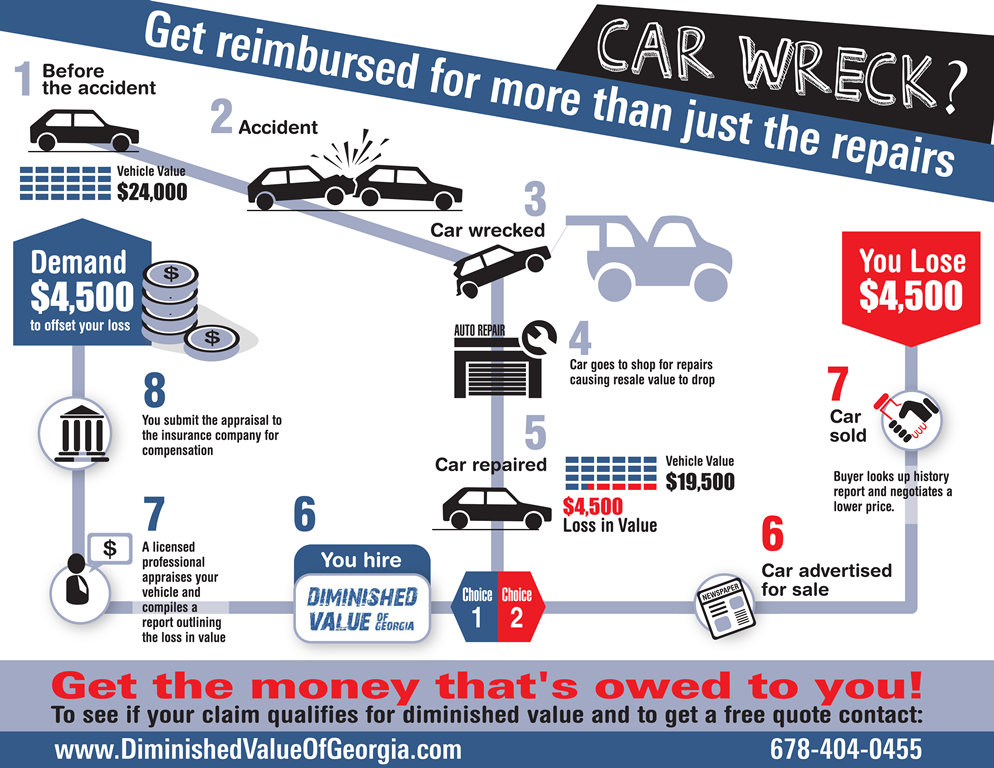A Beginner'S Handbook For Interpreting Your Vehicle'S Alert Lights
A Beginner'S Handbook For Interpreting Your Vehicle'S Alert Lights
Blog Article
Written By-Gunter Kemp
When you're behind the wheel, those little warning lights on your car's dashboard can be quite bewildering. What do they indicate, and should you be worried? Understanding these signals is important for your lorry's wellness, yet it does not need to be an overwhelming job. By deciphering https://cashrmhbw.blogunok.com/30595759/take-note-of-the-trends-that-are-readied-to-transform-the-car-repair-work-landscape-in-the-near-future behind each light, you'll be geared up to manage potential concerns efficiently and maintain your car running efficiently. So, next time a warning light flashes, don't panic - arm on your own with expertise and take control of the situation.
Relevance of Automobile Warning Lights
Recognizing the significance of your cars and truck's warning lights is critical for preserving your car's health and wellness. These lights act as your cars and truck's interaction system, informing you to possible issues that could threaten your security on the road or cause costly repair services if ignored. By taking notice of these warnings, you can address problems early and protect against more damages to your vehicle.
Neglecting advising lights can result in significant repercussions, such as engine failing, brake malfunctions, and even mishaps. https://www.kmov.com/2022/07/01/police-looking-thieves-who-targeted-belleville-auto-repair-shop/ are created to inform you of issues varying from low tire stress to engine breakdowns, offering you the opportunity to take action before the scenario gets worse. Consistently examining and understanding these cautions can save you time, cash, and guarantee your security while driving.
Along with keeping you safe, reacting quickly to alerting lights can likewise assist prolong the life expectancy of your cars and truck. By attending to concerns early on, you can prevent tiny problems from intensifying right into major repair services, eventually conserving you time and money in the future. Bear in mind, your cars and truck's warning lights are there for a factor - do not ignore them!
Common Warning Lights and Meanings
When it concerns driving your automobile, understanding common caution lights and their definitions is vital for your safety and security and vehicle upkeep. Right here are a couple of typical warning lights you may come across:
1. ** Inspect Engine Light **: This light suggests an issue with your engine. It could be something small like a loosened gas cap or something more significant like engine misfiring.
2. ** Battery Light **: This light signals a trouble with your cars and truck's billing system. It can suggest a defective battery, alternator, or various other associated components.
3. ** Oil Pressure Light **: When this light comes on, it suggests your engine may be running low on oil or experiencing reduced oil stress, which can cause engine damages if not attended to immediately.
4. ** Brake System Light **: This light suggests an issue with your braking system. It could imply reduced brake fluid levels or a trouble with the brake system that calls for prompt attention.
Comprehending these common caution lights will assist you recognize prospective concerns early on and protect against more significant troubles down the road.
How to React To Caution Lights
In case a warning light illuminates on your car's dashboard, it's important to respond quickly and properly. When a caution light begins, the first step is to consult your owner's guidebook to comprehend the certain problem suggested by the light.
Some lights call for instant interest, while others might suggest a much less immediate matter. If the caution light is red or blinking, it's typically an indicator of a significant issue that requires immediate activity. In mouse click the following post , it's a good idea to pull over safely, switch off the engine, and seek professional aid.
For yellow or orange warning lights, while they may not require immediate attention, it's still important to deal with the underlying issue immediately to avoid further damage. Routine maintenance and assessment can assist avoid cautioning lights from beginning unexpectedly.
Conclusion
Finally, recognizing your auto's warning lights is critical for preserving your lorry's health and safety. By consistently inspecting and responding to these cautions, you can deal with possible issues early and protect against expensive fixings or safety and security threats. Bear in mind to consult your proprietor's manual for information on various warning lights and constantly take prompt activity for red or flashing lights. Remain positive and keep your cars and truck running efficiently!
